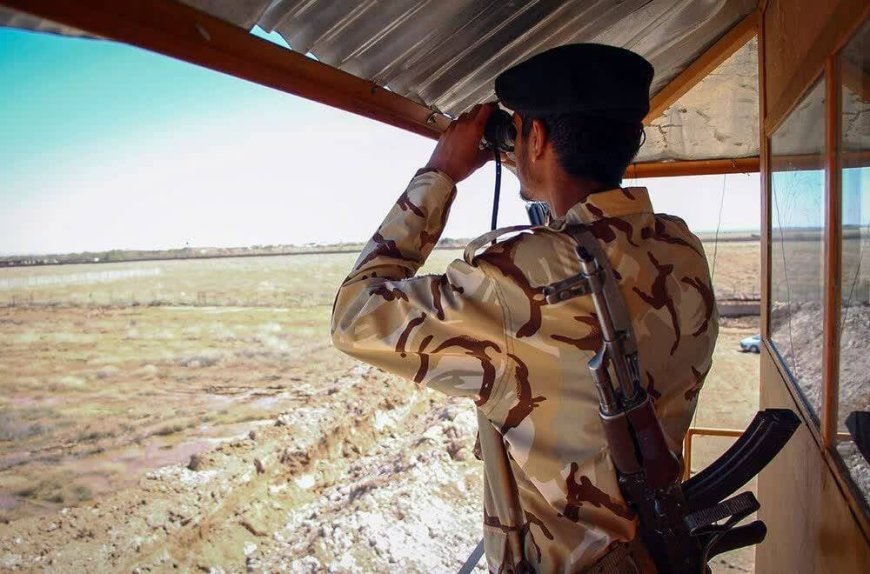Guarding the Gates: Iran's Eastern Border Security Strategy
In recent years, the tumultuous political landscape of Afghanistan has cast an ominous shadow over Iran’s eastern geography. Following the disgraceful US military withdrawal and fall of the ancien régime in Kabul, the influx of terrorist elements from Afghanistan into Iranian territories has prompted Tehran to fortify its boundaries in a bid to stem the tide of insecurity.

Brigadier-General Kioumars Heydari, the commander of Iran's ground forces, recently disclosed plans to fortify the northeastern Iranian frontier, stretching across 74 kilometers, through strategic engineering endeavors. This ambitious border fortification initiative, unfolding in four distinct phases encompassing fencing, embankment construction, and road development, underscores Iran's resolute stance on safeguarding its national security.
Beyond conventional policing, the Iranian armed forces, including the army and the Islamic Revolutionary Guard Corps (IRGC), have bolstered their presence along sensitive border zones with Afghanistan, underscoring the gravity of the security situation at hand. Human trafficking networks, interwoven with the nefarious activities of terrorists traversing the Afghan-Iranian borders, have underscored the imperative for stringent measures to thwart any destabilizing movements.
The specter of terrorism looms large over Iran, with the resurgence of the Taliban in Afghanistan and the menacing presence of ISIS-Khorasan and Jaish al-Adl posing threats to Iran's national security. Reports suggest a symbiotic alliance between Jaish al-Adl militants and the Taliban, culminating in incursions into Iranian territories, accentuating the need for further proactive counterterrorism measures.
Rahmatullah Nabil, erstwhile chief of Afghanistan's national security, stated in response to Jundallah's mid-January attack in Iran’s provinces of Sistan and Baluchestan in December that terrorists affiliated with the group had supported the Taliban in 2021, fighting Afghan military forces in several provinces, ultimately leading to the fall of Nimruz province. He also claimed that with the increase in Taliban attacks in August 2021, Pakistan's intelligence agency (commonly known as ISI) had deployed around 600 Jundallah terrorists to fight with Taliban shoulder-to-shoulder in the provinces of Herat and Farah. Iran's repetitive requests to the Taliban to rein in rogue elements operating within Afghan borders have yielded tepid results, with the new regime in Kabul's reluctance to confront Jaish al-Adl signaling a precarious impasse in regional counterterrorism efforts. The Taliban's reticence to clamp down on militant groups underscores a strategic conundrum that has stymied multilateral counterterrorism initiatives.
Despite the Taliban's apparent commitment to combating ISIS and other extremist factions, the absence of substantive actions against these groups within Afghan territory belies a disconcerting complacency that threatens to exacerbate regional insecurities. The expansion of terrorist enclaves within Afghanistan's hinterlands, juxtaposed against the Taliban's equivocations about confronting them, portends a struggle against regional terrorism.
As Iran fortifies its borders and navigates the treacherous currents of regional geopolitics, the imperative for concerted international cooperation in combating terrorism and preserving regional stability looms large. The interplay between Afghanistan's internal turmoil and its external reverberations underscores the inextricable linkages that bind the fates of nations in the crucible of cooperation.













































